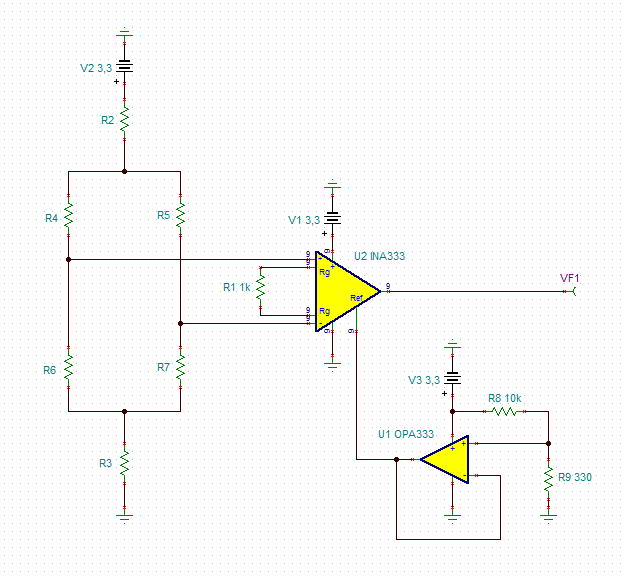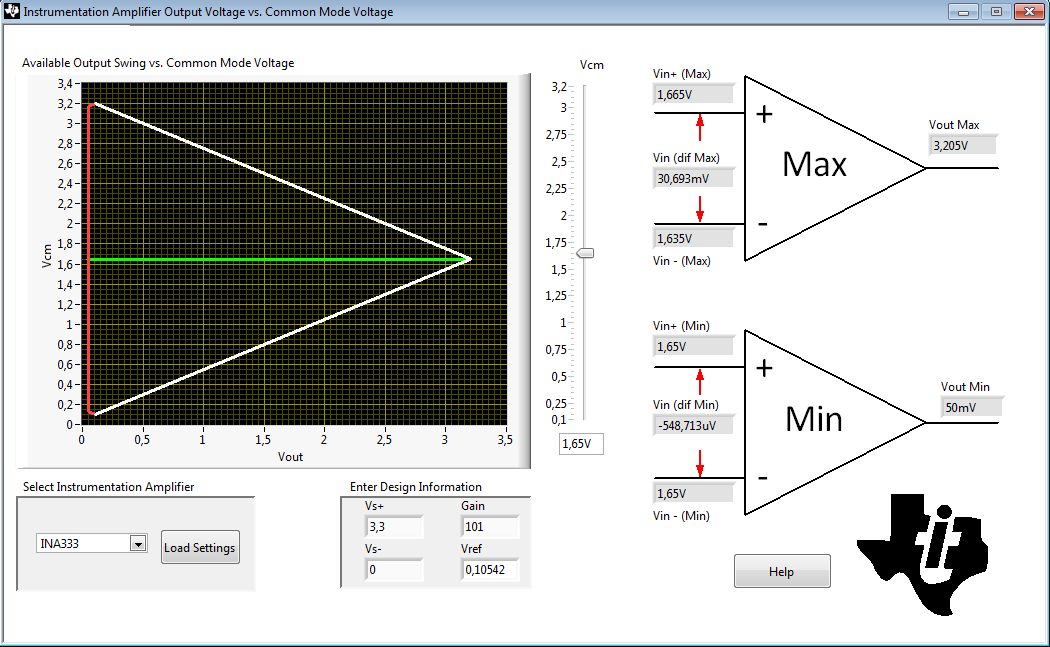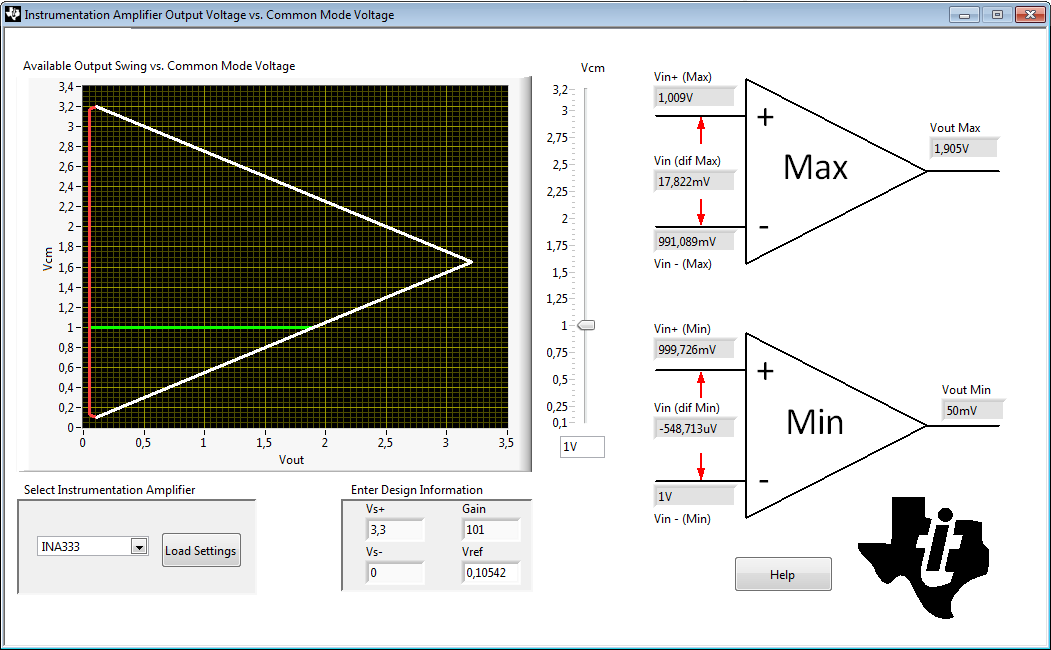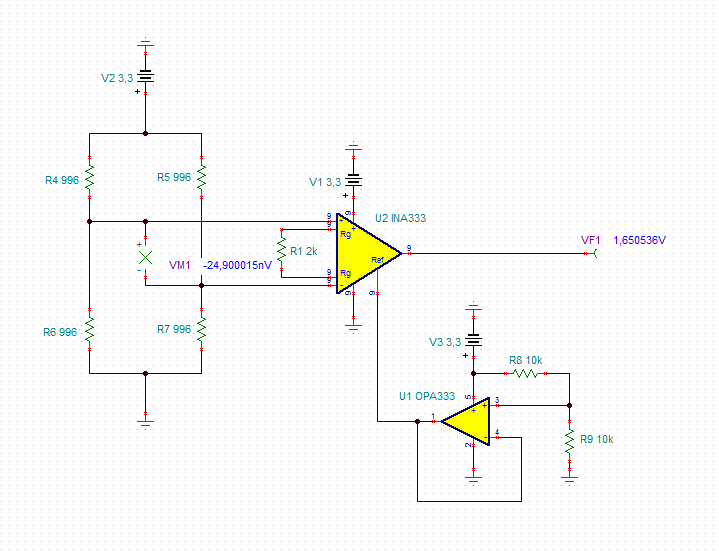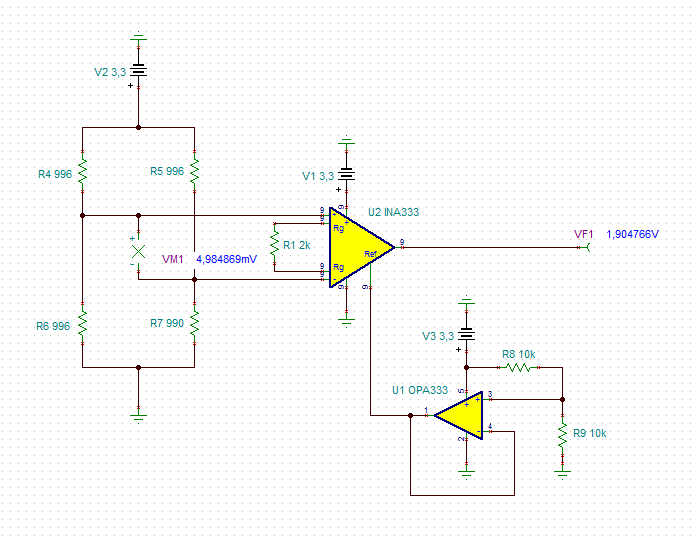Hello to all! This is my first post here!
I need some help to design a circuit to acquire signals from two load cell sensors. I have looked for some TI instrumentional amplifiers, but i'm unable to chooise the rigth components for my purpose.
So, please, can someone indicate some TI components that is suitable for my project?


